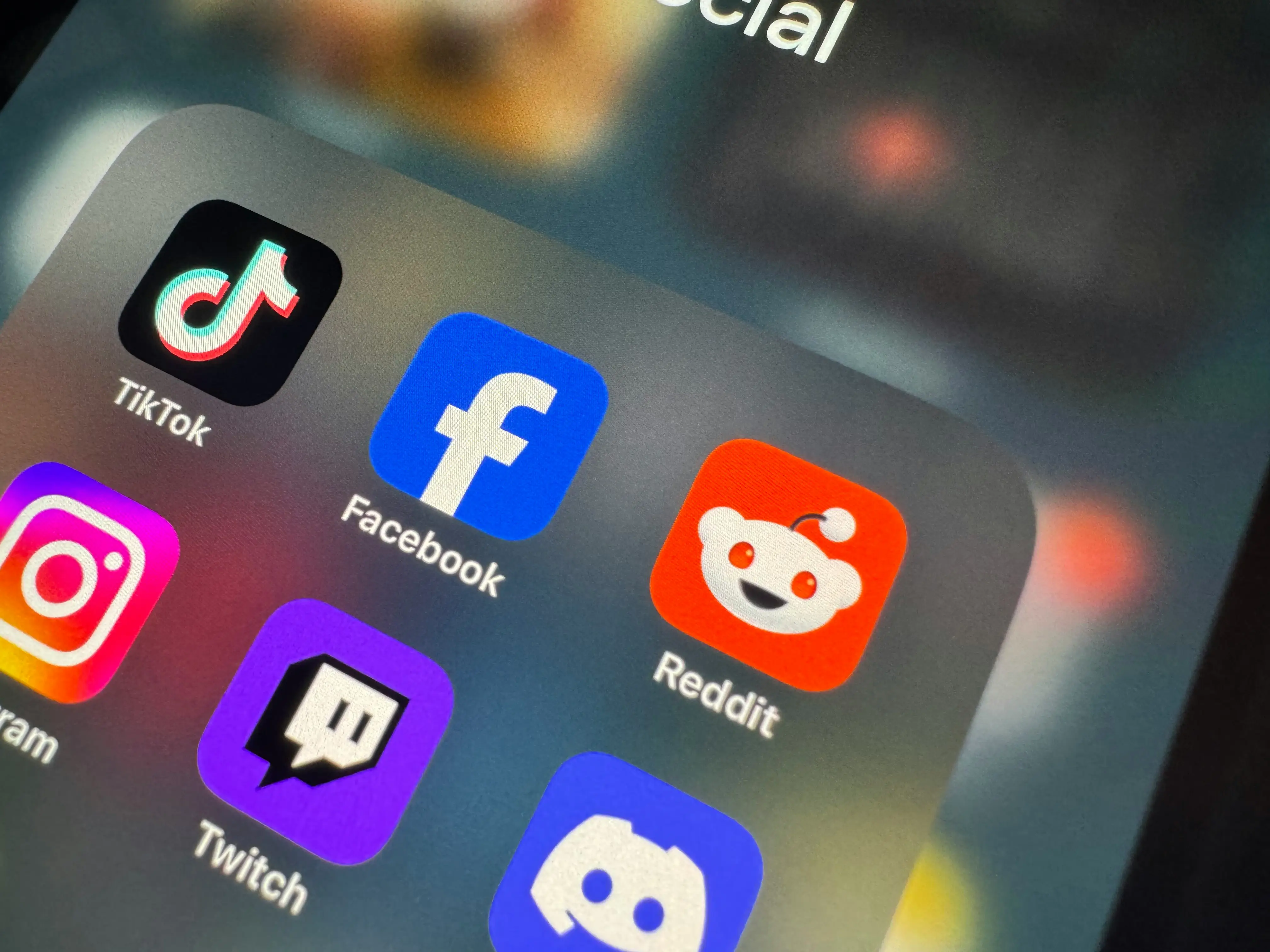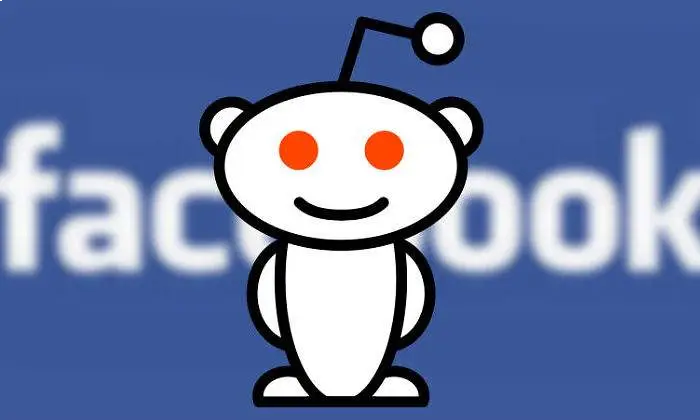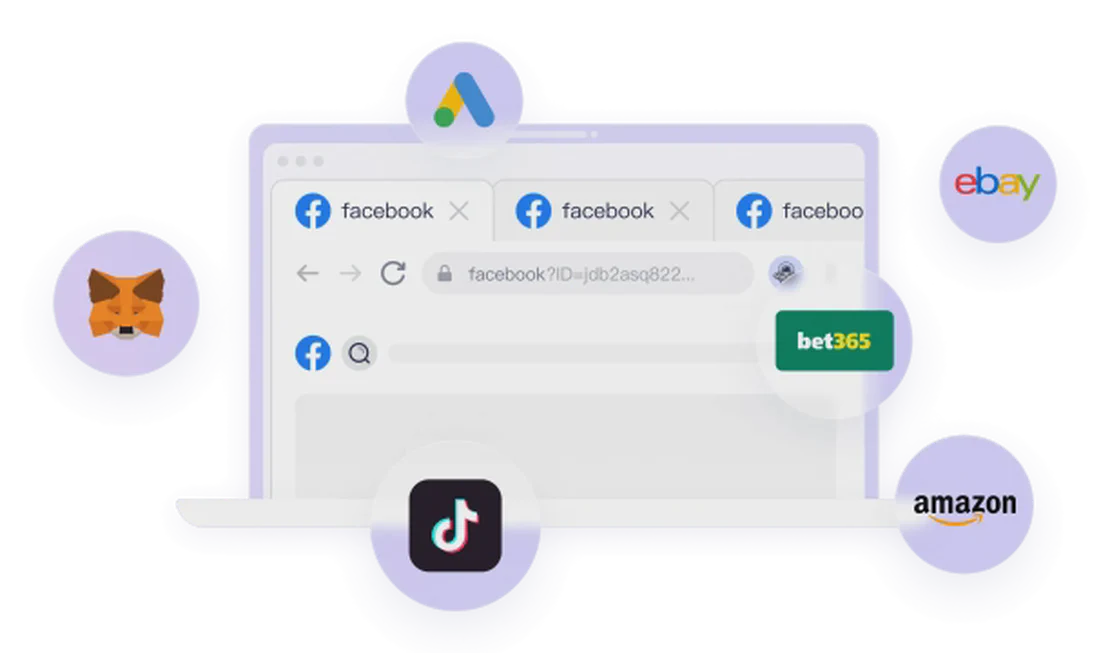Imagine you’ve poured your heart and soul into building a product. You’re brimming with confidence as you launch it on platforms like Product Hunt and Hacker News, dreaming of a grand debut. Instead, you’re met with a staggering 95% bounce rate and deafening silence. You try your hand at reaching out to hundreds of influencers and creators, only to be met with a black hole of inboxes. This is the “growth trap” that many startup founders face.
But, what if I told you there’s a method that required a zero-dollar marketing budget and, in just 15 months, grew a product to $25,000 in monthly revenue? Today, we’re unveiling the playbook of successful founder Anish—a strategy so powerful, yet often overlooked, it’s a hidden goldmine: deeply integrating yourself into Reddit and Facebook communities.

The Painful Lesson: Why Crowded Arenas Are Not Your Battlefield
Before we explore the correct path, we must understand why the “common sense” approaches often fail. Anish’s story reveals two critical pain points:
- The Wrong Place: Platforms like Product Hunt and IndieHackers are populated by “product hunters” and “builders”—eager to find novel things but rarely becoming the loyal, dedicated users your product needs for long-term growth. They are fleeting, unable to provide the deep feedback necessary for refinement, let alone paying customers.
- The Wrong Time: When your product isn’t fully formed or unique, creators with large audiences have zero incentive to promote you. In their eyes, your project is just more noise, not worth their reputation or their followers’ attention.
At this stage, what you need isn’t “exposure,” but “resonance.” You must find the “early adopters” who are actively suffering from the problems your product solves and who are passionate enough to discuss them in depth. They aren’t on the front page of tech blogs; they’re clustered in what seem like “niche” but hyper-vertical communities.
The 5-Step Playbook: How to “Silently Explode” Growth in Communities
Anish distilled his success into a clear, replicable five-step process. This isn’t just a posting hack; it’s a complete strategy for user insight and community integration.
Step 1: Paint a Precise User Avatar
Forget broad user personas (like “millennials” or “urban professionals”). You need a detailed avatar down to specific “interests” and “discussion topics.” Ask yourself: What words would my target users search for online? What groups would they join? What would they complain about?
For instance, for a platform that helps users earn credit card points, Anish’s target user wasn’t just “someone who wants to save money.” It was the “credit card rewards geek, manually searching for complex stacking deals, who thrives on optimizing points.”
Tool Recommendation: Map of Reddit
This tool is a game-changer. You enter a core subreddit (e.g., r/creditcards), and it visually maps out all the related subreddits, allowing you to “navigate” from one community to its neighbors, efficiently locating all pockets of potential users.
Step 2: Lurk and Observe: Become Part of the Community
This is the most crucial, yet often skipped, step. Before you ask for anything from the community, you must first give—your time and attention.
When you join a Reddit or Facebook group, do not immediately post about your product. Spend a couple of weeks “lurking” like a regular member:
- Read Top Posts: Understand the community’s “gospel” and its inside jokes.
- Analyze Communication Styles: How do people talk here? What kind of content resonates? What are their pain points?
- Learn the Rules: Every community has its own culture and taboos. Knowing them is key to avoiding getting “banned.”
This process teaches you how to speak the community’s “language,” making you less of an outsider and more of a “potential ally.”
Step 3: Set a Goal and Design Your “Entry Strategy”
After thoroughly understanding the community, you need a clear goal for every interaction. What do you hope to get from this group?
- Goal A: Gather Feedback. Ask for advice on someone else’s post: “For those of you who use cashback sites, what’s the most frustrating part of the process?”
- Goal B: Validate Interest. In a community’s “Show & Tell” or “Share” thread, offer a useful “spreadsheet” or “guide” with a subtle link to your site, and watch the traffic and initial feedback.
- Goal C: Drive Conversions. Once your product is mature and you’ve built trust, make a proper product introduction.
Step 4: Set Up Radar: Catch User Needs in Real-Time
Use a tool like F5bot to set up keyword alerts. For all the keywords you brainstormed in Step 1, set up alerts. This way, the second someone on Reddit or Facebook discusses a relevant topic, you’ll be notified in real-time.
This is an incredibly efficient, passive form of user research. You can read genuine user complaints and problems to:
- Guide Product Development: “They say this feature is clunky. I need to fix it.”
- Create Valuable Content: “Wow, so many people don’t know about this trick for stacking deals. I can write a tutorial to help them.”
Step 5: Give First, Ask Later: Earn the “Right to Mention”
This is the core of the playbook. By consistently and authentically providing value in the community (especially in comment sections), members will begin to see you as an “expert.” Only then do you “earn” the right to occasionally mention your product.
For example, in a discussion about “maximizing cashback,” you could share a pro-tip and then naturally add, “I actually put together a more complex resource on my site if anyone wants to see it. Hope it helps!” This casual, “by-the-way” mention is infinitely more effective than a hard sell.

The Strategic Launch: The Critical Leap from Comments to a Top-Level Post
Anish’s story has two textbook case studies.
- The “Godsend” on Facebook: He found a Facebook group called “Rakuten Stacks” with thousands of people manually searching for deals. This was a problem his product could solve in one click. Instead of posting an ad, he wrote a SQL query, pulled data from his platform, and created a beautifully formatted Google Sheet listing Rakuten and Amex offers. He posted the link to the sheet in the group. When members opened it, they saw the list and, more importantly, the link to his website, where the live data came from. This single value-driven post drove 1,500 visits to his site.
- The “Slow Burn” on Reddit: In a related subreddit, he lurked for three and a half months. Every week, he participated in the official Q&A comment thread, posting his site link and asking for feedback. During this time, he built out core functionalities based on community requests. Once the product was ready, he messaged the moderators, asked for permission for a top-level post, and got it. His post then blew up, proving the playbook works.
The Scalability Bottleneck: When Your “Avatars” Need a “Sanctuary”
In the early days, this strategy often requires just the founder, a genuine attitude, and patience. But when you try to replicate this success model into a second, fifth, or tenth community, challenges arise.
Imagine you need to manage multiple personas:
- An “expert points collector” in a credit card community.
- A “travel hacking guru” in a travel deals group.
- A “savvy consumer” in a personal finance forum.
If you manage all of these through your single device and personal identity, these accounts will appear “suspicious” to platform algorithms. Their shared login IPs, device fingerprints, browsing behaviors, and even usage patterns are too similar. This triggers “association risks,” potentially leading to:
- Shadowbanning: Your content’s reach is limited as the platform flags you as a marketer.
- Mass Bannings: If one account is banned for violations, linked accounts could face “collateral damage,” destroying hard-earned credibility overnight.
- Inefficiency: Constantly switching between devices and browser profiles becomes a major management headache, severely hindering your ability to scale.
This is the core value that FlashID Anti-Detect Browser provides. It’s not just a multi-account manager; it’s your “digital identity shield and efficiency accelerator” for a sustainable, no-budget growth strategy.
With FlashID, you can create a completely separate, clean online environment for each “persona” you operate in a community. Each environment has its own unique IP address, browser fingerprint, and cookies. This means:
- Your “credit card expert” persona appears to be operating from an office PC in the US.
- Your “travel guru” persona looks like it’s browsing from a home computer.
- Your “finance wizard” persona seems to be active on a device in another city.
This level of digital isolation perfectly circumvents platform “linking detection,” ensuring each account can grow healthily and stably. You no longer need to fear the “one bad move ruins everything” risk. You can safely, compliantly, and at scale replicate this proven community growth model across any target niche, achieving “one spark, multi-fire” sustainable growth.

Frequently Asked Questions (FAQ)
Q: Does my product need to be a certain size or type to use this community strategy?
A: This strategy has no prerequisites. Its greatest strength is that it’s ideal for the MVP (Minimum Viable Product) stage, helping you find your most precise and critical early users and gather priceless feedback.
Q: How long does it usually take to see results from completing these five steps?
A: This is a “slow is fast” strategy. From lurking and observing to your first value-driven post can take 2-4 weeks. A true traffic explosion might take months of consistent effort, like Anish’s 3.5 months on Reddit. Patience is the key to success.
Q: Can I create multiple fake accounts in the same community to promote my product?
A: Highly discouraged. This extremely easily be spotted by community managers and users, leading to an immediate loss of all credibility and a potential permanent ban. Sincerity and authenticity are your core assets.
Q: How do I tell if a community is a good fit for my product? What “signals” should I look for?
A: Observe the depth and frequency of the discussions. A high-quality community will have members frequently engaging in deep, specific conversations related to your product’s topic. If the group is filled with meaningless chatter like “haha” or “first,” it’s likely not a good fit.
Q: When providing value, what if there are people in the community who are more “expert” than me?
A: It’s not a problem at all. You don’t need to be the most knowledgeable person; you just need to know slightly more than the person asking. Your role is a “knowledge bridge,” not a “lighthouse on a hill.” Share what you’ve learned and be willing to learn from more experts—that, too, is a form of value.
Q: Besides acquiring users, are there other benefits to this strategy?
A: Absolutely. It’s also a “free, real-time product testing ground.” You get direct, honest feedback on new features, pricing, and UI from users, which is far more effective than expensive market research surveys.
Q: Should I start with Facebook Groups or Reddit? Is there a difference?
A: Both are valid and can be done in parallel. Facebook Groups often have a tighter-knit, social feel, while Reddit is more open and structured, with a broader potential reach. Choose based on your product and where your target audience spends their time.
Q: What does it feel like to “earn the right to mention” your product? How do I know I can start doing it?
A: You’ll start to gain traction when your comments get upvoted, replied to, or people start @-mentioning you for help. When the community begins to depend on you and trusts your input, you’ve earned its goodwill. That’s the right time for a subtle, “by-the-way” mention.
Q: If my business is entirely offline (e.g., a local service), is this community strategy still applicable?
A: Completely. For example, if you’re a local personal trainer, you could join local lifestyle and fitness communities, share free workout tips to build an expert profile, and then naturally guide interested users toward your personal training services.
Q: Besides Reddit and Facebook, what are some other platforms where I can apply this strategy?
A: Any online community where your target users gather will work. This could include professional Discord servers, Slack communities, specific topics on Quora, niche industry forums, or even dedicated sections on platforms like Bilibili.
You May Also Like
